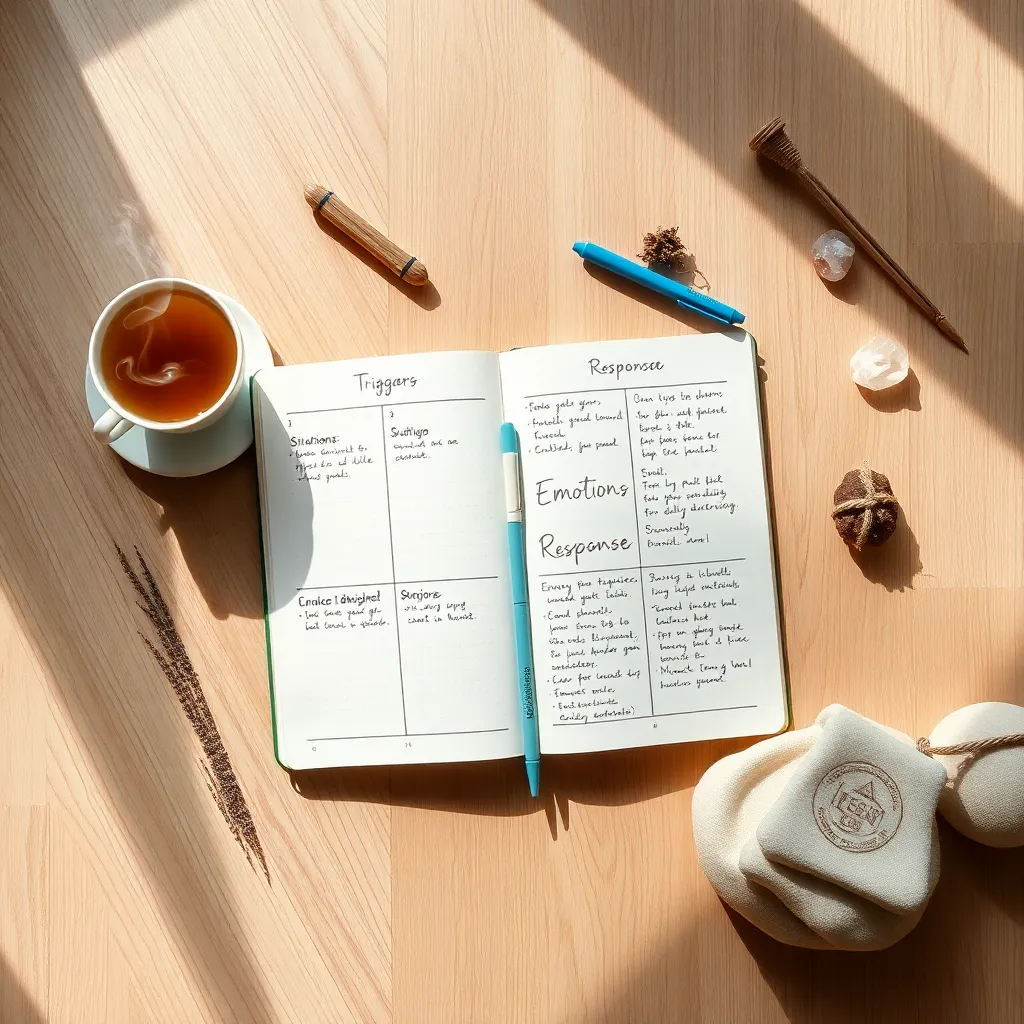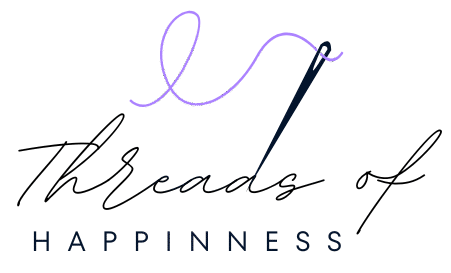Breaking bad habits can be a challenging journey, but journaling offers a powerful pathway to self-awareness and positive change. By putting pen to paper, you create space to reflect and reset, nurturing personal growth and transformation.
In this article, you’ll discover effective journaling techniques to unearth triggers and track progress. Let these tools guide you toward healthier habits and a more fulfilling life.
Identify Triggers in Daily Logs

Reflect on your day and note moments of stress or temptation. Identify patterns by asking yourself: “When did I feel the urge to engage in a bad habit?” and “What was I doing just before?” This helps pinpoint triggers.
Incorporate specific prompts for clarity:
- “What emotions led me to this habit today?”
- “What can I do differently next time?”
These questions encourage awareness and proactive planning.
Set Clear Habit-Breaking Goals

Identify the habit you want to break and set a clear, achievable goal. Use your journal to write a commitment statement, such as “I will replace late-night snacking with herbal tea.” This creates a focused path forward.
Capture your progress and setbacks in brief entries. Reflect on prompts like:
- What small step did I take today towards change?
- How did I handle a challenge?
This keeps you accountable and motivated.
Track Progress with Habit Charts

Create a habit chart to visualize your progress. Track daily actions against your goals, celebrating small victories. This simple tool keeps you motivated and accountable.
Enhance your chart with reflective prompts. Ask yourself,
- “What did I learn today?”
- “How did I feel about my efforts?”
These insights deepen your self-awareness and encourage positive change.
Reflect on Slip-Ups Constructively

When journaling about slip-ups, approach them with curiosity, not judgment. Ask yourself:
- What triggered this behavior?
- How did I feel before and after?
Use these insights to learn rather than criticize.
Focus on small, actionable steps to move forward. Write down one thing you can do differently next time. This transforms setbacks into opportunities for growth, fostering resilience and self-compassion.
Visualize Success through Sketches

Transform your journaling by sketching your path to success. Visualize breaking bad habits through quick doodles. Use this to cement your intentions and monitor progress.
Consider prompts like: “Sketch your future self free from this habit” or “Draw a scene of your daily life with new, positive routines.” These visuals can serve as powerful motivators and reminders.
Conclusion: Creating Beautiful Outdoor Spaces
In this journey through journaling techniques to break bad habits in relationships, we’ve explored five transformative concepts: self-awareness, where introspection uncovers the roots of negative patterns; triggers identification, which helps pinpoint moments that ignite unwanted behaviors; goal setting, to create clear and achievable objectives for growth; gratitude journaling, to foster appreciation and positivity; and progress tracking, to celebrate wins and learn from setbacks. Each technique acts as a stepping stone towards nurturing healthier, more fulfilling relationships.
As your next step, take just five minutes today to jot down a recent interaction that left you feeling unsettled. Reflect on the emotions, triggers, and possible positive alternatives. This small act of mindfulness can be the catalyst for meaningful change.
Remember, transforming relationships is a continuous journey, and this article is your companion along the way. Bookmark it now, so you can revisit these valuable techniques whenever you need guidance or inspiration.
With dedication and the right tools, including the power of journaling, you are well on your way to creating the successful and enriching relationships you deserve. Embrace this path with confidence and watch your connections flourish.

